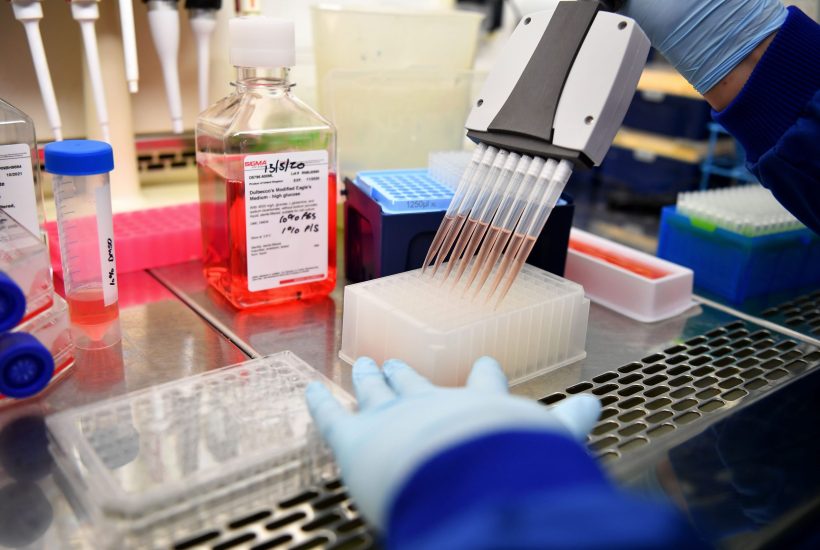British Health Secretary Matt Hancock provided a vaccine update this morning London time, reporting that the chances of the Oxford University-AstraZeneca vaccine being ready by early next year are ‘looking up’. With trials pending in the UK, USA and Brazil, the Health Secretary suggested that the best-case scenario would see it approved this year, but more likely spring 2021, with doses of the vaccine already being manufactured so it’s ready for dispersal as soon as it’s approved.
Already a subscriber? Log in
Subscribe for just $2 a week
Try a month of The Spectator Australia absolutely free and without commitment. Not only that but – if you choose to continue – you’ll pay just $2 a week for your first year.
- Unlimited access to spectator.com.au and app
- The weekly edition on the Spectator Australia app
- Spectator podcasts and newsletters
- Full access to spectator.co.uk
Or





















Comments
Don't miss out
Join the conversation with other Spectator Australia readers. Subscribe to leave a comment.
SUBSCRIBEAlready a subscriber? Log in